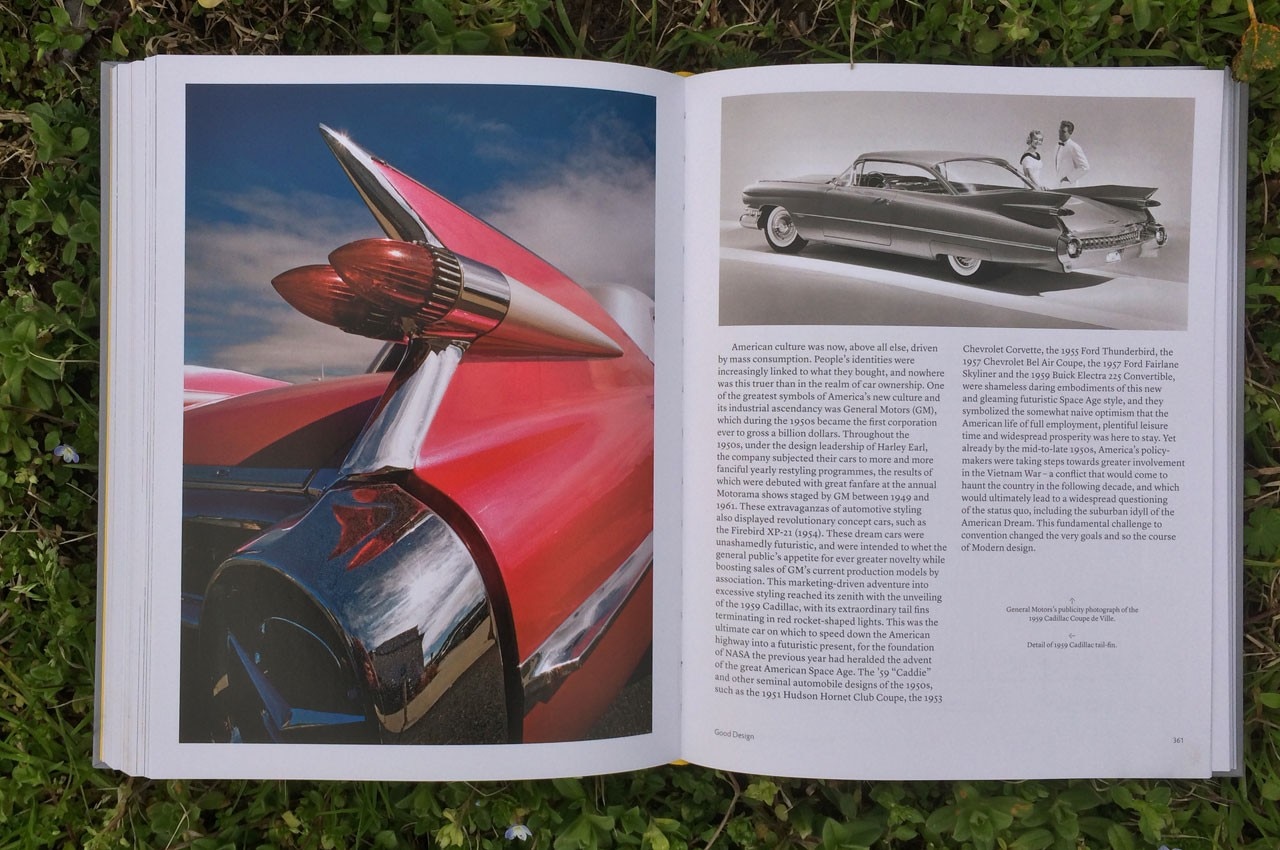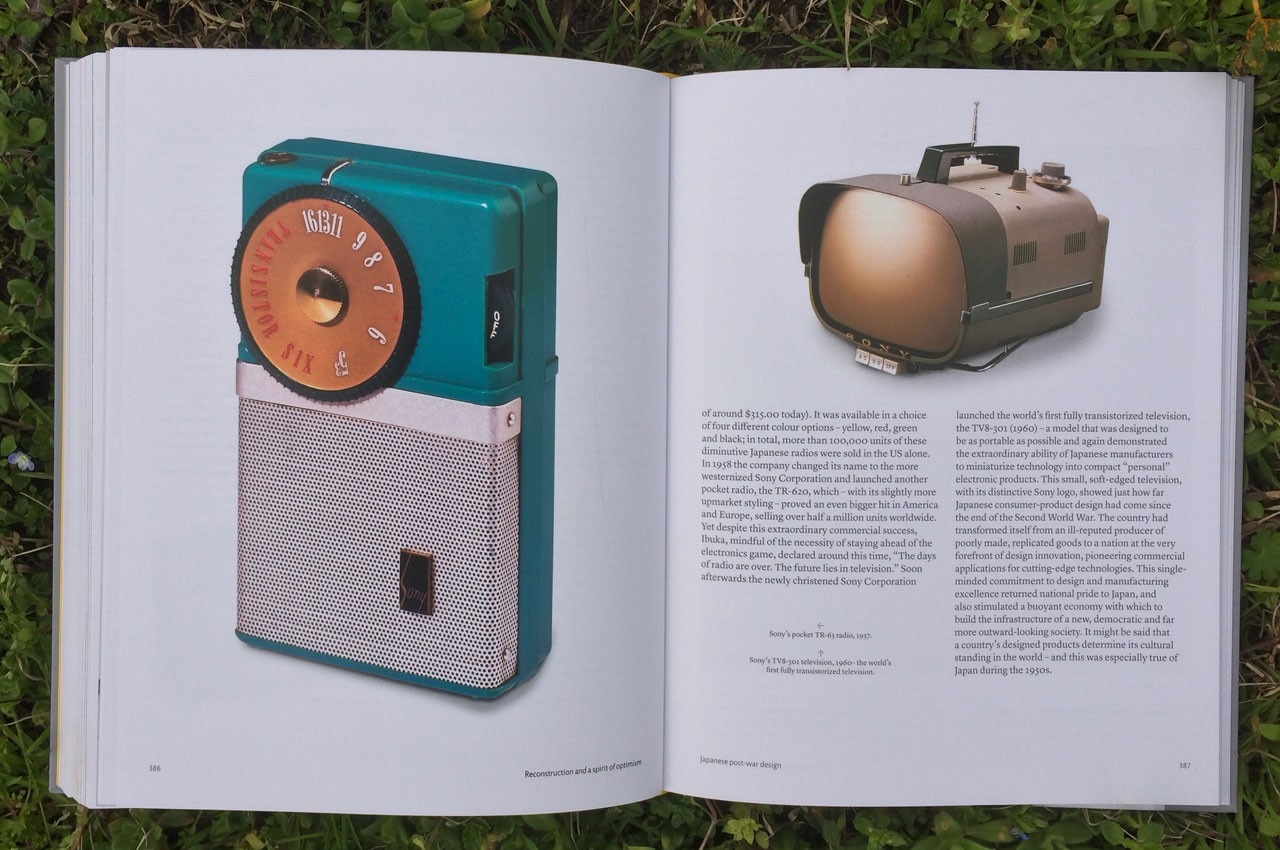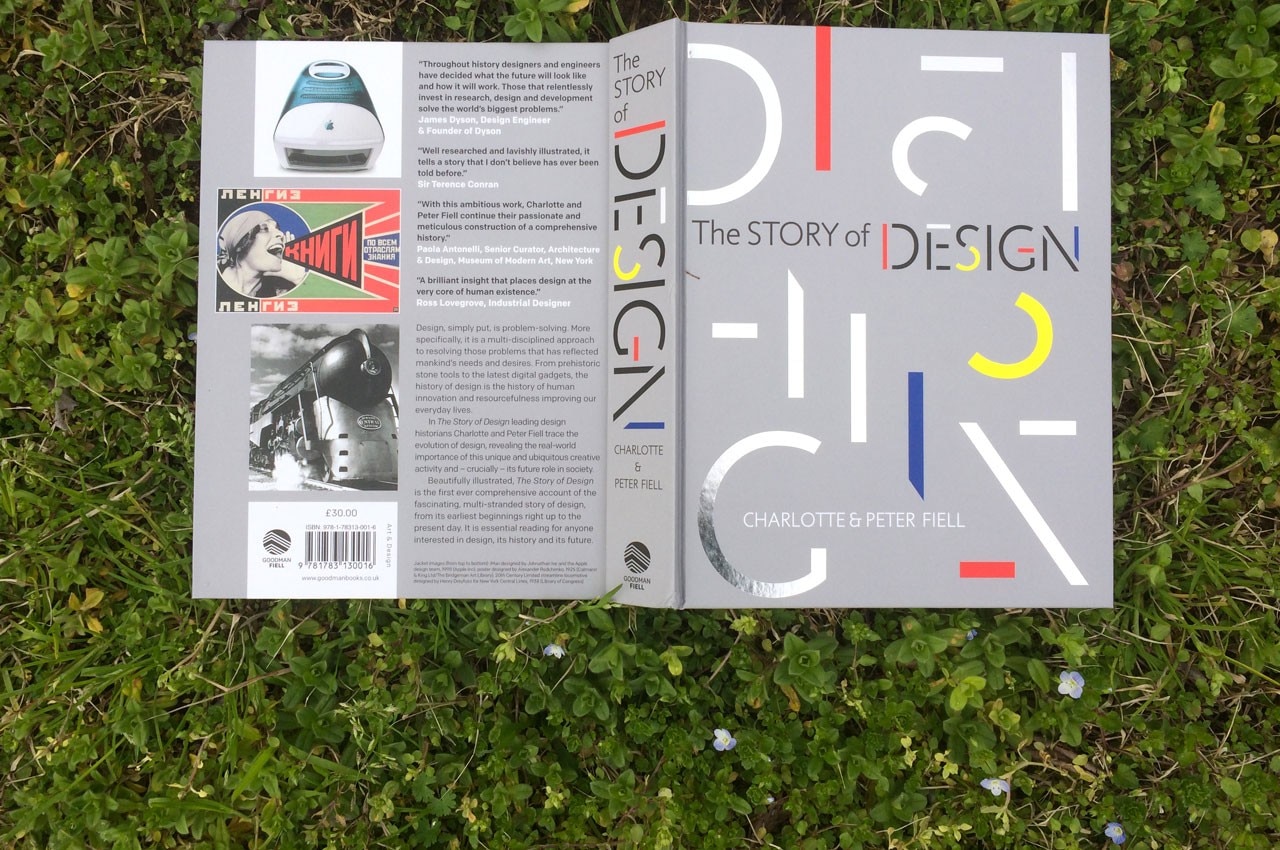“Good design is not a matter of wealth, much less of the chic (…). It’s not a matter of novelty (…) but of the production of cities and houses and goods which will best satisfy the needs of the people; their need of practical, honest, cheap, lasting and beautiful things to use and see in their everyday lives”.
Anthony Bertram’s crystal-clear and telling definition of design opens Charlotte and Peter Fiell’s The Story of Design, tracing the evolution of everyday objects to meet human need from prehistoric times to the present day.
Adopting a rigorous and scientific approach, the book must be praised as a popular and fluid read, aimed also at a non-expert audience, thanks to its plain language and the authors’ decision to pursue a chronological rather than thematic route that revisits the major moments in the material culture centred on historic thresholds and precise geographic areas.






